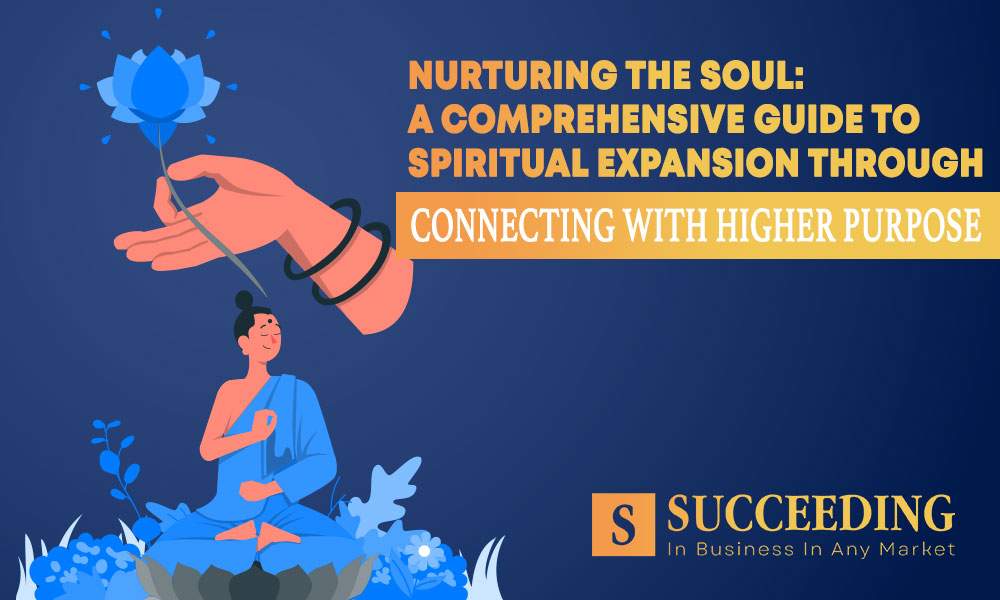Post Date: March 26, 2024

The art business is a vibrant and ever-evolving realm where the creation of value extends far beyond the strokes of a brush. In this exploration, we delve into the multifaceted concept of value creation in the art industry, understanding its diverse dimensions and the myriad ways in which artists and art businesses contribute to the cultural landscape.
Defining Value Creation in Art Business
At its core, value creation in the art business is more than a financial transaction. It encompasses the aesthetic, emotional, cultural, and societal impact of artworks. Artists play a pivotal role in shaping the cultural narrative, and the value they create is not confined to the price tag of their creations. It’s about contributing to the artistic legacy and influencing the broader cultural discourse.
Recognizing Different Forms of Value
Art possesses a unique ability to create value in various forms. Aesthetic value speaks to the visual appeal and craftsmanship of an artwork, while emotional value connects with the viewer on a profound, emotional level. Cultural and societal values emerge as art becomes a mirror reflecting societal narratives and cultural shifts. Understanding these diverse forms of value allows artists to weave richer narratives and engage with a broader audience.
Building a Strong Artistic Identity
One of the foundational elements of value creation is a strong artistic identity. Artists who carve out a unique style, maintain thematic consistency, and develop a recognizable voice contribute significantly to the perceived value of their work. A strong artistic identity not only attracts collectors but also establishes a lasting legacy in the art world.
Leveraging Technology for Value Creation
In the digital age, technology has become a powerful tool for artists to extend the reach and impact of their work. Digital platforms, social media, and virtual exhibitions offer unprecedented opportunities for artists to showcase their creations to a global audience. Technology not only enhances visibility but also adds a layer of accessibility, democratizing art and creating value beyond physical boundaries.
Strategic Pricing and Market Positioning
The strategic pricing of artworks is a delicate dance between financial considerations and perceived value. Artists must carefully position themselves in the market, considering factors such as their reputation, demand for their work, and the overall market dynamics. Strategic pricing not only ensures financial sustainability but also contributes to the perceived value of the artist’s portfolio.
Collaborations and Networking
Collaborations are fertile ground for value creation in the art business. Partnering with other artists, galleries, or brands can amplify the impact of individual efforts. Collaborative projects often transcend individual artistic expressions, creating a collective value that resonates with diverse audiences. Networking, both within and beyond the art community, opens doors to opportunities and enriches the overall value proposition.
Sustainability and Social Responsibility
Artists increasingly recognize the importance of aligning their work with principles of sustainability and social responsibility. By integrating these values into their artistic practice, artists create value that extends beyond aesthetics. Art becomes a platform for social commentary, advocating for positive change and resonating with audiences who value art with a purpose.
Engaging with the Audience
Audience engagement is a vital aspect of value creation. Artists who actively engage with their audience build a community around their work. Whether through storytelling, interactive exhibitions, or community projects, engaging with the audience fosters a connection that goes beyond the canvas. This connection adds layers of value as the audience becomes an integral part of the artistic journey.

Conclusion
The dynamics of value creation in the art business are intricate and multifaceted. As artists navigate this landscape, they find themselves not only as creators but as contributors to the rich tapestry of cultural expression. Beyond financial transactions, the value they create ripples through aesthetics, emotions, culture, and society, leaving an indelible mark on the canvas of the art world.
FAQs (Frequently Asked Questions)
Q: Can artists create value beyond the monetary worth of their artworks?
A: Absolutely. Artists contribute to aesthetic, emotional, cultural, and societal value through their creations. The impact of art extends far beyond its monetary value.
Q: How can emerging artists establish a strong artistic identity?
A: Emerging artists can establish a strong identity by exploring their unique voice, maintaining thematic consistency, and experimenting with diverse styles until they find a distinctive approach that resonates with their artistic vision.
Q: Is technology a friend or foe in the art business?
A: Technology is a friend that offers unprecedented opportunities for artists. Digital platforms, social media, and virtual exhibitions can enhance visibility, accessibility, and global reach for artists.
Q: What role does sustainability play in the value creation process for artists?
A: Sustainability adds depth to the value artists create by aligning their work with principles of environmental and social responsibility. It resonates with audiences who appreciate art with a purpose.
Q: How can artists effectively engage with their audience?
A: Artists can engage with their audience through storytelling, interactive exhibitions, social media interactions, and community projects. Building a connection with the audience enhances the overall value of their artistic endeavors.





